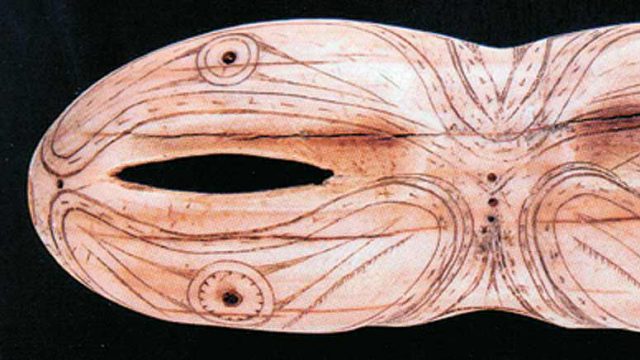The oldest predecessor of the sunglasses came from the Inuits of the Arctic who traditionally wore something like snow goggles to prevent snow blindness. Made of bone or walrus ivory, these were flattened panes with long horizontal slits.
Around the twelfth century, judges in courts in China covered their eyes with flat panes of smoky quartz. Much in the style of modern day celebrities, these eye glasses were meant to keep those present in court from reading the expression in their eyes before the verdict was sounded.
In 1936, Edwin H. Land began to use his patented Polaroid filter in sunglasses. The Army Air Corp. commissioned Bausch & Lomb to develop sunglasses that would protect pilots from high-altitude glare. Ladies, Gentlemen, meet the Aviator!
With forays into space, protection was needed against higher UV and infrared radiation. Darker lenses and gold coating were added, and for space walks, visors doubled up as sunglasses. Now NASA uses 1.8gm hingeless, titanium alloy frames.
The future of eyewear is geeky and, therefore, owned by Google. Project Glass, an R&D program, will be an augmented reality head-mounted display, which promises to essentially behave like an Android, except, you’ll be wearing it on your face. Well, whatever next?




